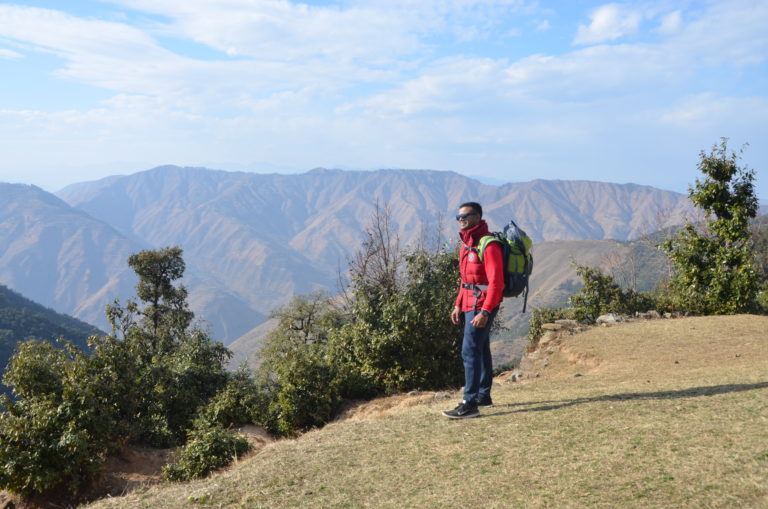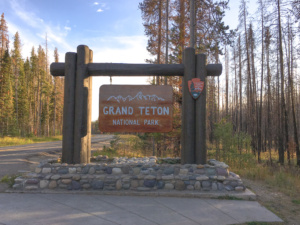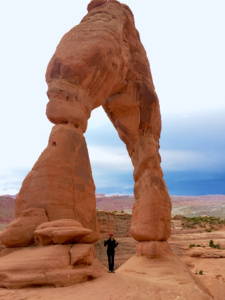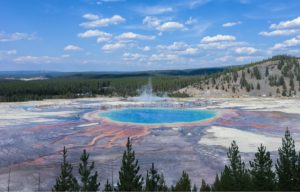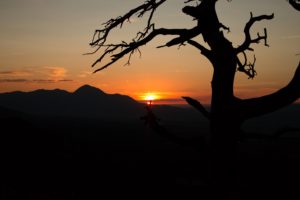I was not sure if this was a good idea. Yet I agreed to the trek when my brother planned one to Nag Tibba. I have terrible travel sickness and I rarely travel long distances on buses. For this particular trip, the plan was to go by bus from New Delhi to Dehradun and then to Pantwari on another bus. The journey to Dehradun was an overnight one. However, luck was on my side. I had to visit my friend, who stays in Dehradun. And the trip to Nag Tibba was during the same time frame. So I was able to avoid the bus journey from New Delhi to Dehradun.
It was a large group this time for the trek, almost 15 of them. And they arrived in Dehradun at 4 AM. I met them at the bus terminal and boarded the minibus to Pantwari. It took us almost 3 hours including a short break in between for breakfast. Once we arrived at the village of Pantwari, we met the tour guide. He had arranged rooms for us to relax and get fresh. Some of us indulged in a power nap and some were happy to see a restroom. After almost an hour we were all set to start the trek.
Trek to the Base Camp
The first day was the trek to the base camp where we spent the night. The distance from the village to the base camp was approximately 5 Kms (3 miles). It was a warm day which eventually turned out to be a really hot day.
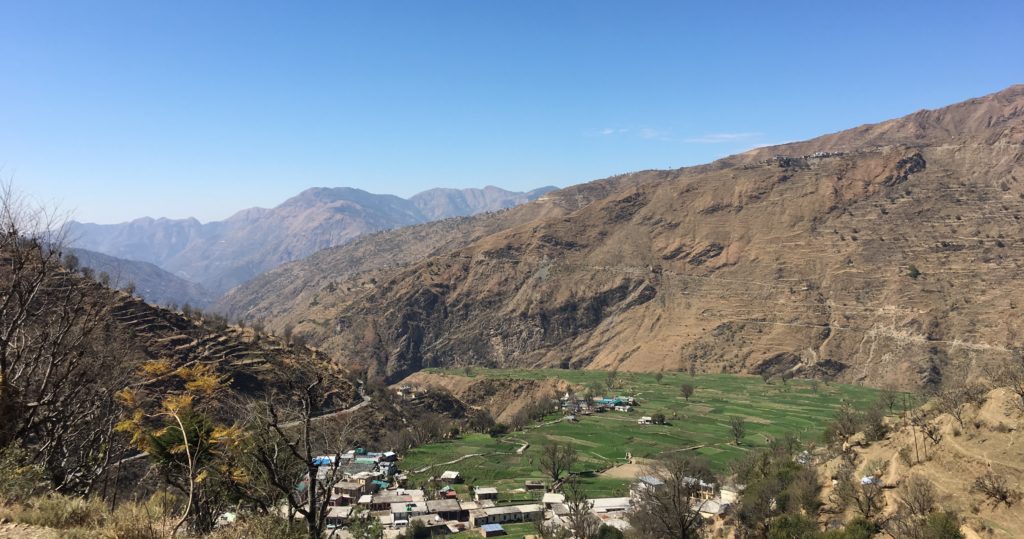
Surrounded by mountains and tucked in the valley, the village looks even more beautiful. For a moment I thought about moving to the village. But I quickly realized that is going to be difficult, so back to reality. Carry lots of water, that is my advice to anyone who is trekking Nag Tibba. As we had a lot of beginners in the group, there were plenty of stops which gave us ample opportunities to drink water and eat snacks. Occasionally you will see few villagers coming down with firewood and grass for their cattle. They are very friendly and keeps reminding you that it is not an easy trek. God, why do they do that!!
Lunch was prepared by the guide and his associates. The food was very tasty. We had Poori, Sabzi, Bananas, Chocolate and cool drinks. I have been trekking to many places in the US, however, the joy of having such tasty food served to you on a trek is different. It was a first for me too. And I really enjoyed it. If you have never been to a trek in India, plan one. And maybe start with Nag Tibba trek. Let me know if you need details.
On the way to the base camp, you will pass a village with a strange name; The Goat Village. As the name implies the villagers have sheep and goats; a lot of them. There is a small lake in the village. We were happy to stay there for a few mins and catch our breath. The base camp is another 2 hours from the lake. And the climb was getting steeper and more difficult because of the really hot weather. By evening we reached base camp. The tents were already set up. We had tea, biscuits and instant noodles. 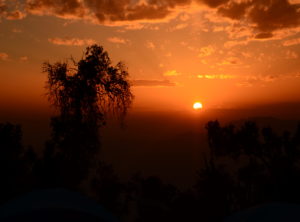
The next surprise; the beautiful sunset. It was gorgeous. I tried my best to capture the moment. Here is the one that I liked the most. We all rested for some time and then it was time for dinner. We had a great meal. All the dishes were cooked fresh and the vegetables were grown by the local farmers. You will love the food on this trip. It was amazing. After dinner we had a campfire and spend some time singing, dancing and socializing with others. The night sky was great. It felt like one of the darkest spots to do star gazing. It was a fairly cold night and it was time to get some sleep.
If you love star gazing then this is a great spot to do that. Make sure to have a good camera and lens to capture if you are into photography. A tripod would be a good tool to have with you.
Trek to the Summit
We all started our day with a hot tea. After having our breakfast we started our trek to the summit. We were surprised to see snow on the trail. Some patches of the trail were slippery and was a bit challenging to climb. And few even slipped and fell. However, when you are with an amazing group everything seems pretty easy. The trail gets steeper as you get closer to the summit. It took us 2.5 hours to get to the summit and it was amazing. We were welcomed by snow covered peaks on one side and everybody was excited. We even did a round of improvised snow tubing on the snow-covered peak.
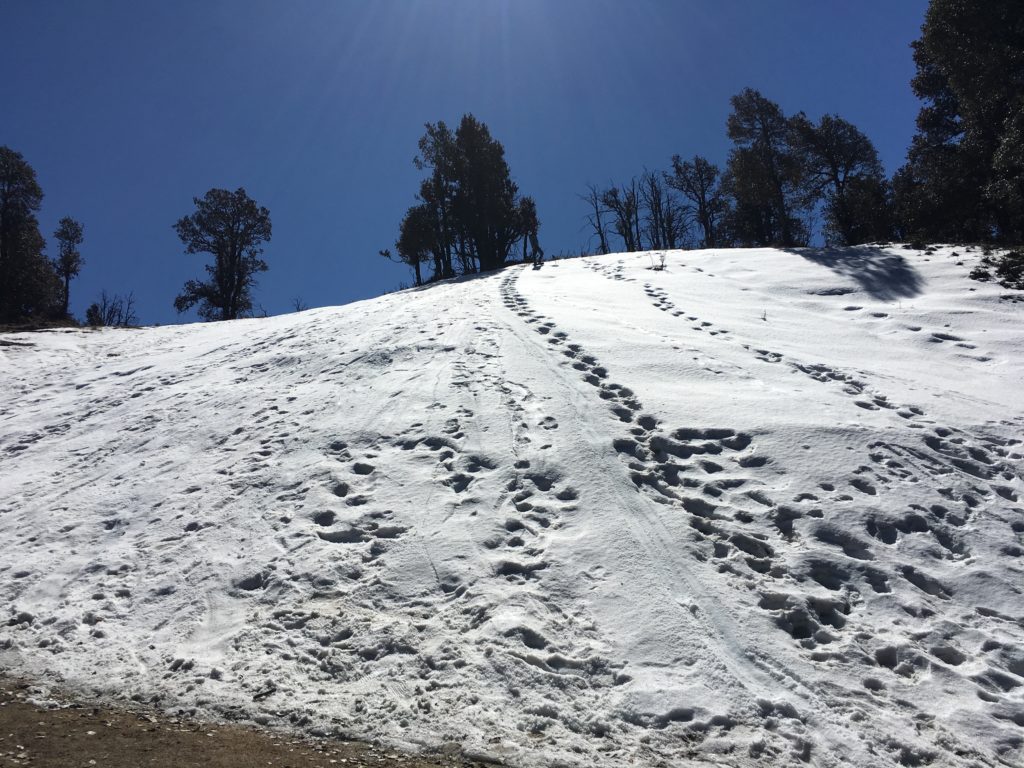
The view from the summit was gorgeous. You will see beautiful snow covered mountains. Be sure to take pictures and spend some time alone and enjoy the view. I was mesmerized by the view. It felt so peaceful and serene. Being with nature reminded me of the quote from John Muir:
In every walk with nature one receives far more than he seeks.
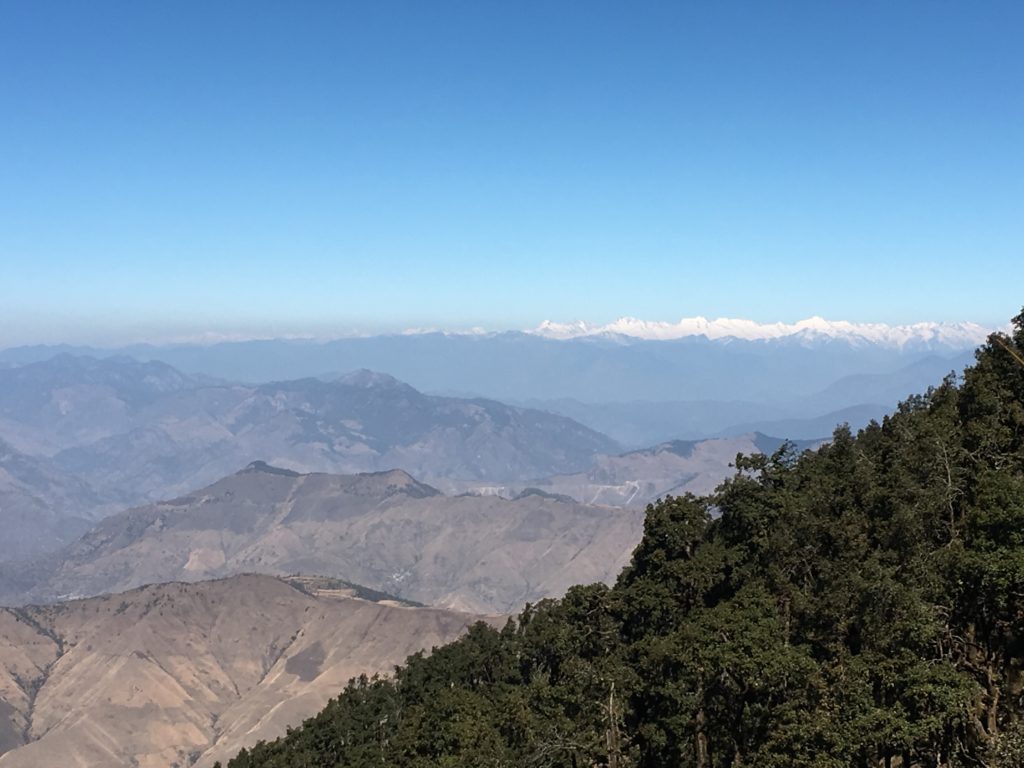
About Nag Tibba And The Trek
Nag Tibba is 3,022 meters (9,915 ft) tall and is the highest peak in the lesser Himalayan region of Uttarakhand state. Nag means Serpent / Snake and Tibba means Peak. During the trek, you will be presented with stunning views of Bandarpoonch peak, the Gangotri group of peaks, Kedarnath peak, Doon valley and the snow peaks of Changabang. (Source: Wikipedia / Google)
Things to Remember
- Easy to moderate to trek mostly. It gets a little demanding towards the summit
- Carry lots of water as there are no sources of water once you are on the trail
- Try to camp overnight at the base camp and make sure to have camping gears
- A pair of good hiking shoes is a must. I personally like Merrell shoes
- Sunscreen and sunglasses are a good idea if you are hiking during daytime
- The village of Pantwari has limited number of shops. So make sure to buy all your necessary items from elsewhere
- On the way back, try to visit the temples of Nag Devta
Big thanks to TravelSAGAA for such a well-planned trip. Everything from start to end was meticulously organized and executed. The best guides you could find and above all the amazing food. I highly recommend doing the trek through TravelSAGAA. Special thanks to Guru and Amber from TravelSAGAA for making sure everyone felt comfortable during the trek. I also made some new friends during the trek.
If you have questions on the trek, feel free to ask them. Check out the gallery for more pictures of Nag Tibba. While you are here also check out our other travel stories.

